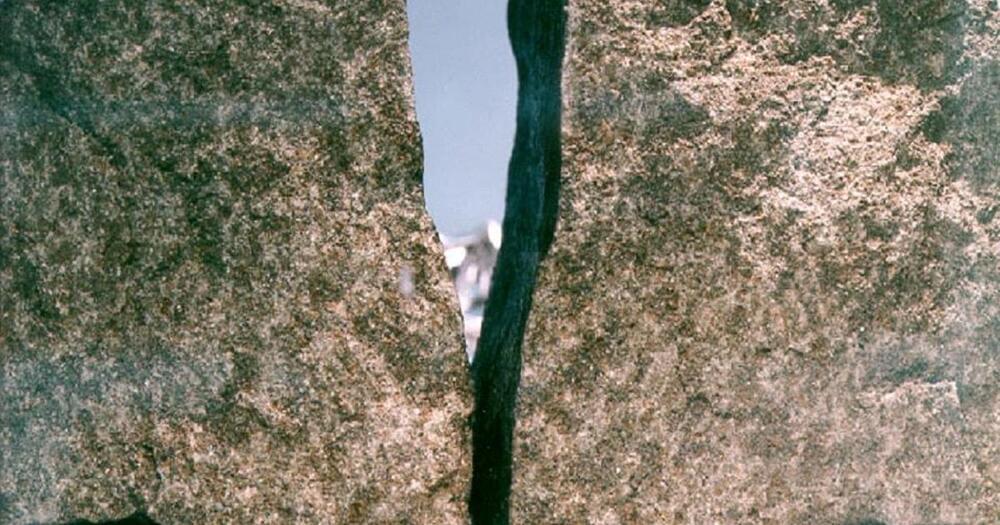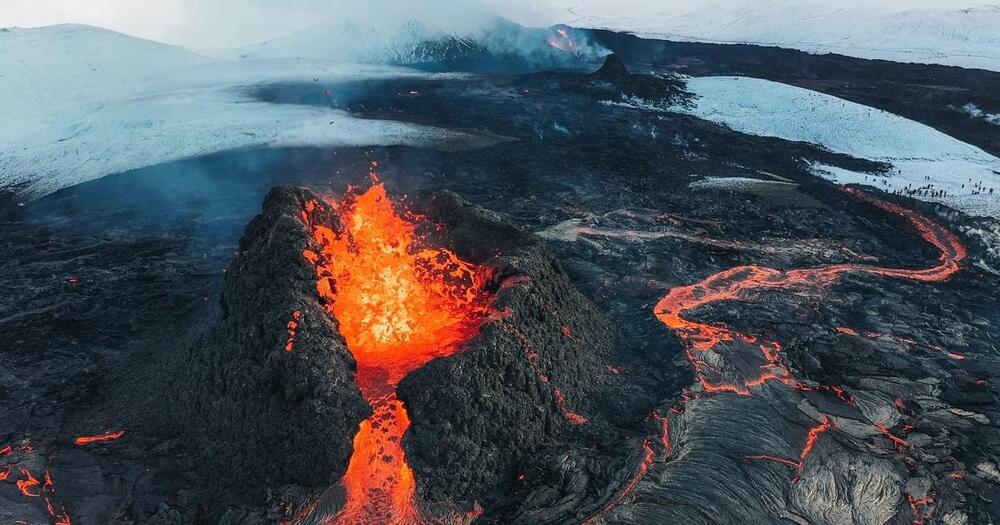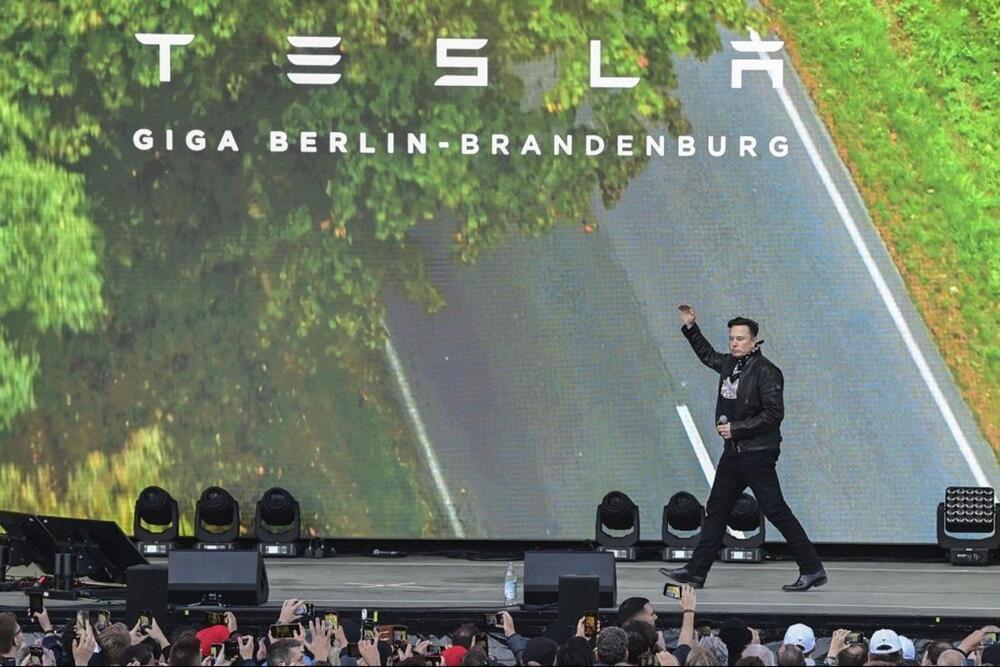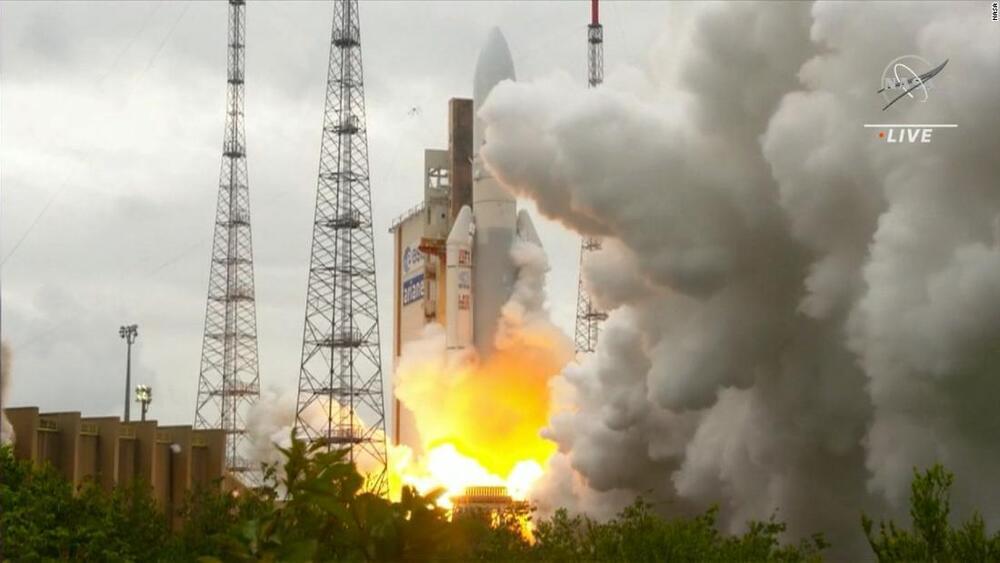After centuries of failure, there is finally a way to use solar power to desalinate salty water, produce pure water for home and farm use and have housing in the raw desert.
The key energy driver is the Suns River desalination modules linked with Aquastill’s Membrane distillation – the process in which pure water is separated from contaminated water (salt water, for example) by means of evaporation through a membrane. The combination of Suns River and Aquastill brings productivity up to 50 liters/m2 or the equivalent of 6 times the solar energy input.
The venture is currently in the design phase to expand the 400 square meter demonstration site to produce 80 Cubic meters of pure water per day, expanding food production by 100 times. The site is off the electric grid and uses only solar and wind energy, meaning it has a zero carbon footprint. The demonstration site has been in operation for over two years.






